Driving the BMW iX5 Hydrogen is Very Normal—and That’s the Point

There are a lot of buttons in the BMW iX5. But not because of its unique powertrain.
No, while this iX5 is wafting around on nothing but H2, it acts and responds much like you’d expect of any other X5—especially the plug-in hybrid. The sheer number of buttons is because this fuel-cell prototype was built on the pre-facelift X5, so its cabin doesn’t lean quite as heavily into touch and voice controls.
On a short drive loop outside of BMW’s Spartanburg, South Carolina plant, this 2023 iX5 Prototype is incredibly, thoroughly normal. That’s by design.
Prepare for H2
What does BMW have to do to an X5 to adopt this powertrain? Install two carbon-fiber reinforced plastic (CFRP) tanks for starters, together capable of storing roughly 6 kilograms (13.2 pounds) of hydrogen. While the iX5’s setup is meant for 700-bar pressure, the local filling station runs at 350 bar, so we’ve got about half a tank—er, sorry, one full tank of two. That still translates to an operating range of 156.5 miles (252 kilometers), and as BMW is quick to point out, full refilling only takes three or four minutes.
While the company has previously toyed with hydrogen in combustion engines, this is a fuel cell setup. Using cells developed by Toyota—the two companies have spent a decade collaborating on the tech—creates stacks at its Landshut plant. The iX5 also has an electric drive battery, which pulls charge either from the fuel cells or energy recuperation. A single electric motor acts on the back axle—yep, no xDrive here. Total system horsepower is 374 hp.
Out on the road
The X5 is arguably BMW’s single strongest product. And the Bavarians know how to make accomplished, poised electric cars: see iX, i4, i7, and now i5. So it should come as no surprise that the iX5 drives pretty much how you’d expect an electric X5 to drive. It’s quiet, of course, and the suspension tuning does an excellent job of handling the chunky 5,500-plus pound (2,494-plus kilogram) curb weight.
Acceleration is strong and linear, just like any of BMW’s battery-electric vehicles. Also like its BEV siblings, the iX5 Hydrogen offers up full one-pedal driving, putting charge back into the system.
Beyond a few glitchy infotainment screens and a smattering of blue trim pieces, the cabin is pure pre-facelift X5. There’s no impact on passenger space. It won’t replace the hard-charging X5 M, but for the more pedestrian models, the iX5’s setup makes a whole lot of sense.
Stop me if you’ve heard this one before
BMW believes hydrogen has a significant role to play in future mobility solutions. We’ve heard that plenty of times over the years, and it’s always remained a promise rather than a reality. However, the German company sees hydrogen as a complement to BEVs, not a replacement for them. As a company spokesperson puts it, the use case will determine how right hydrogen is.
That’s why the iX5 exists. BMW has produced around 100 of them not to sell, but to ship all around the world to get folks behind the wheel for real-world driving data. As the infrastructure continues to improve, the iX5 will give BMW a leg-up for any potential future hydrogen-powered products. And based on my short drive of this one, there's a lot to like.

Kyle began his automotive obsession before he even started school, courtesy of a remote control Porsche and various LEGO sets. He later studied advertising and graphic design at Humber College, which led him to writing about cars (both real and digital). He is now a proud member of the Automobile Journalists Association of Canada (AJAC), where he was the Journalist of the Year runner-up for 2021.
More by Kyle Patrick



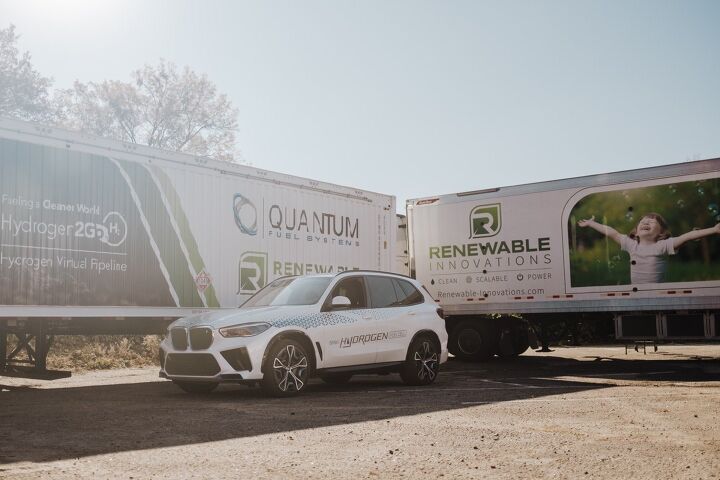
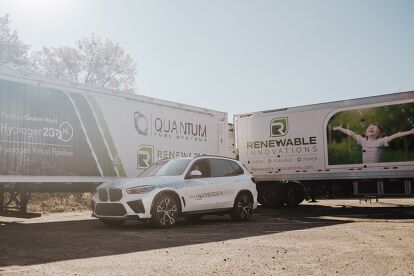





















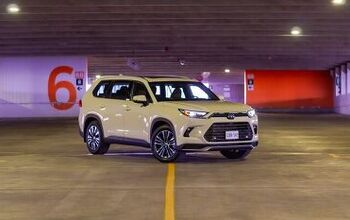
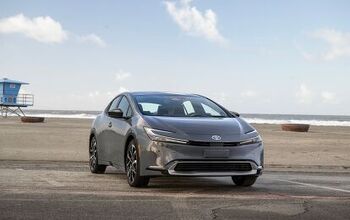
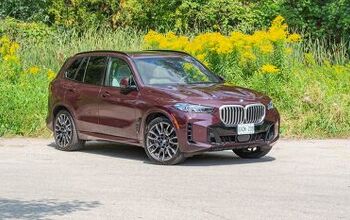



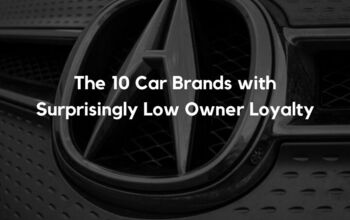

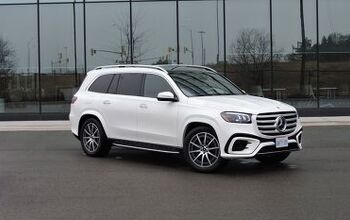
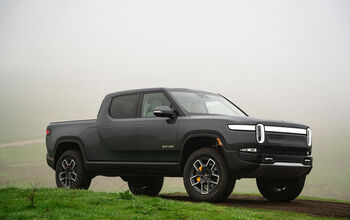





Comments
Join the conversation